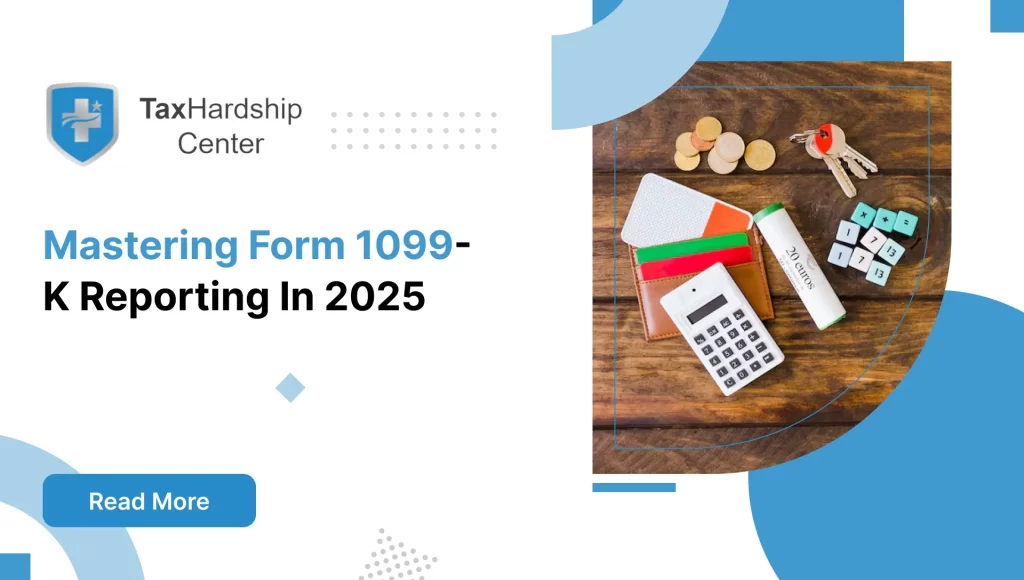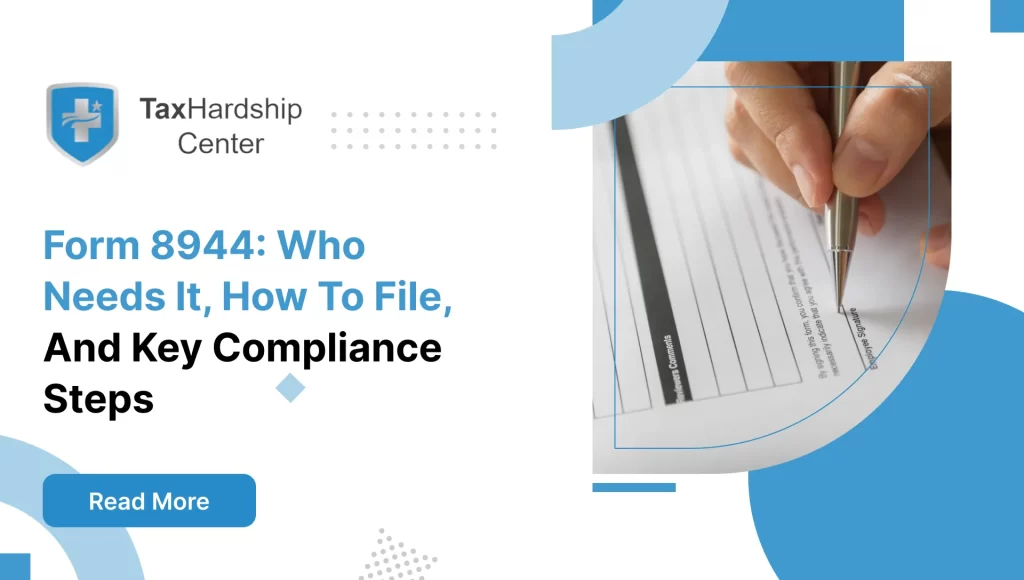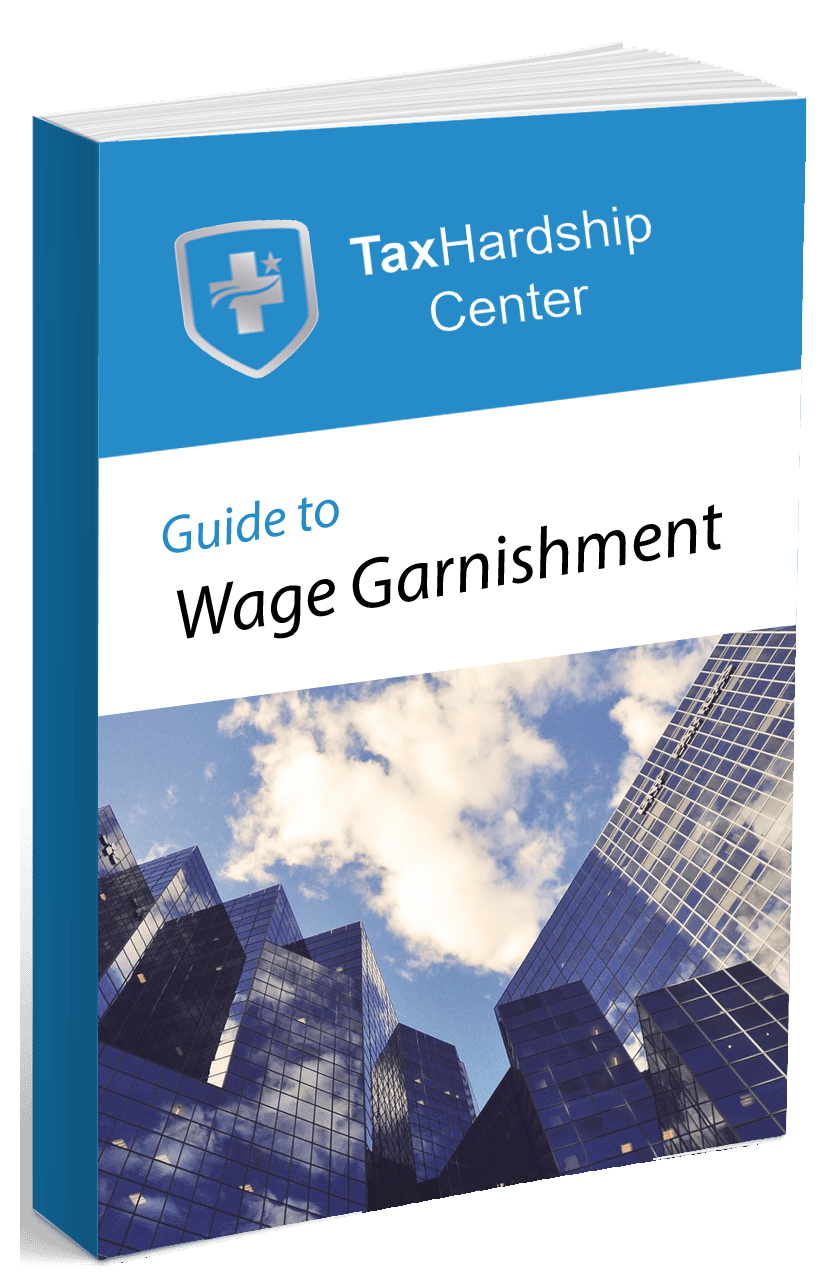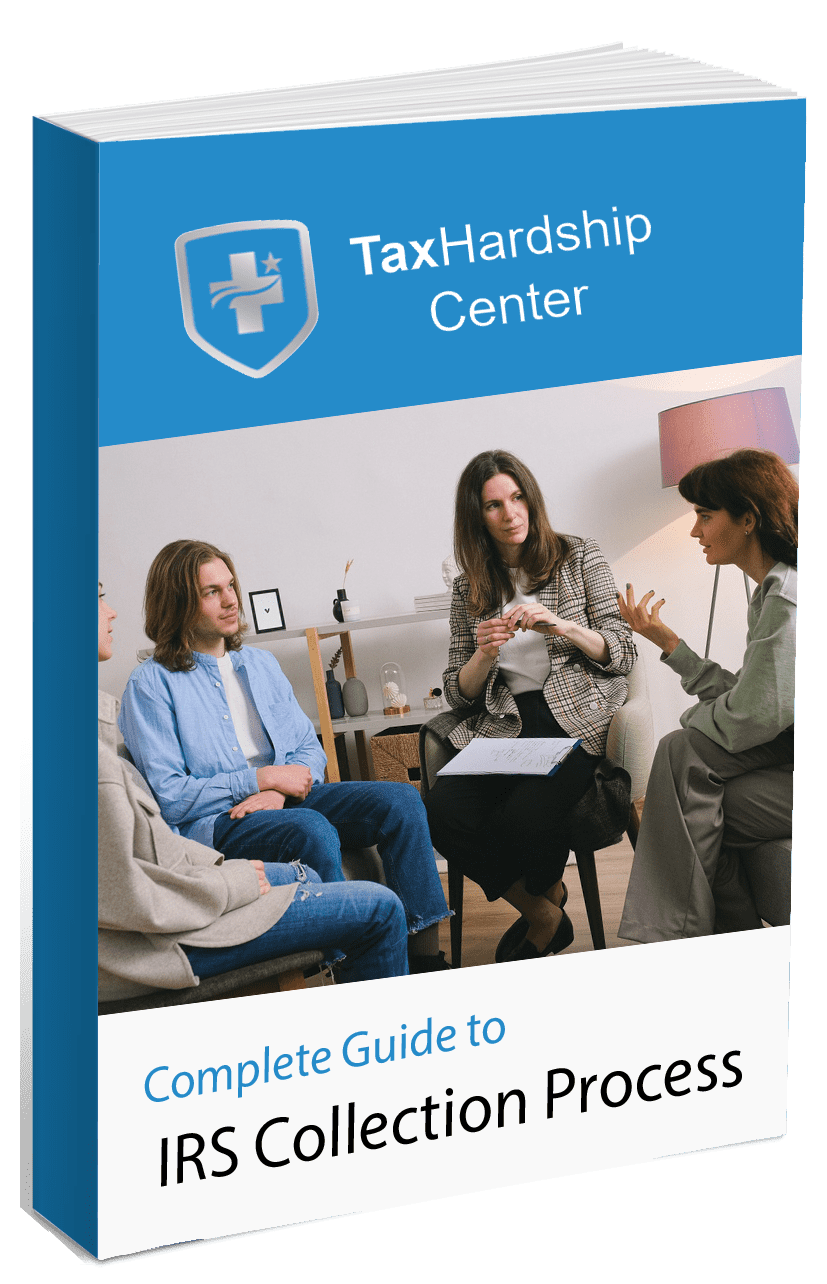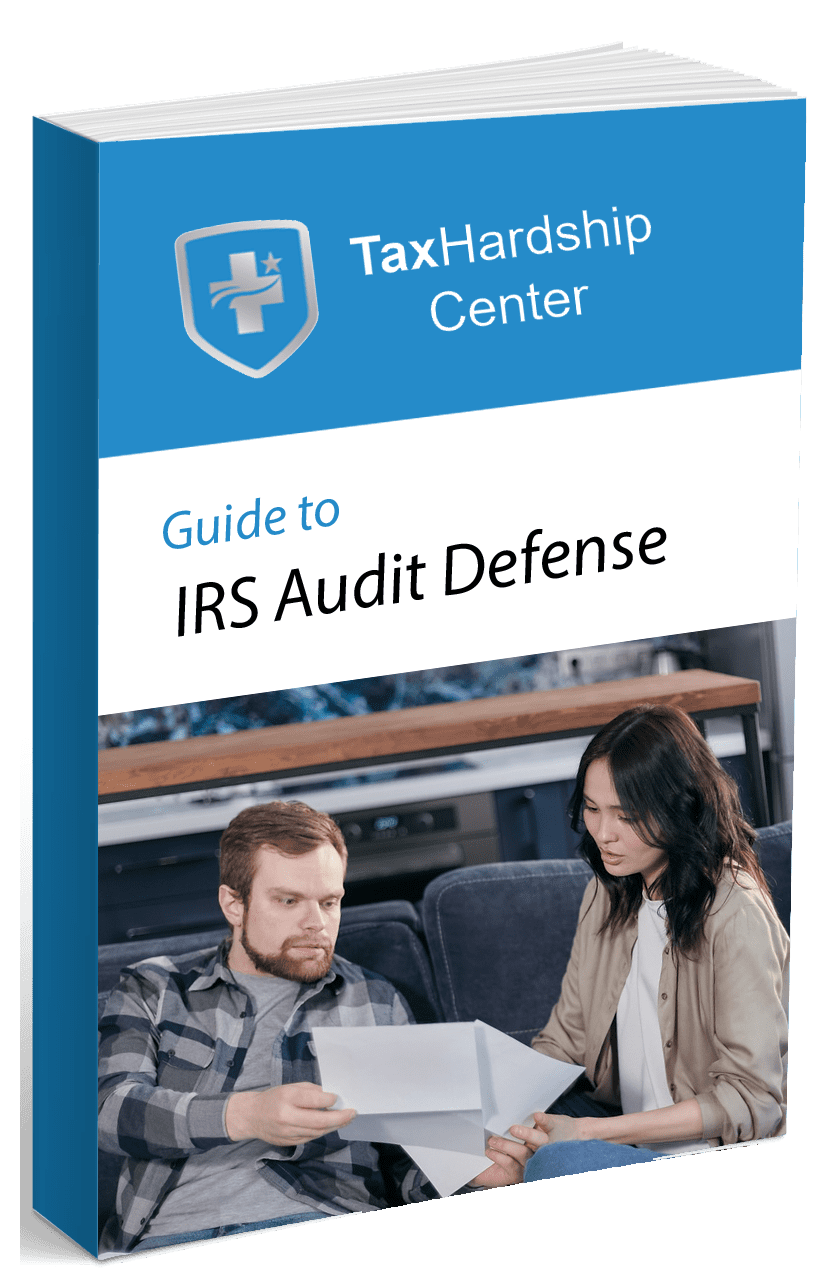When a loved one passes an IRA to you, the IRS hands you a different rulebook. Understanding those pages early matters because every missed deadline or mis-timed withdrawal chips away at the money meant for your future. This guide walks through the tax rules for inherited IRA accounts in plain English, section by section, so you can spot the decisions that keep more of the inheritance in your pocket.
What Is an Inherited IRA?
An inherited IRA—sometimes called a beneficiary IRA—is a fresh account that receives the assets of the original owner once they die. The title must include both the decedent’s name and yours to keep its tax status intact. You cannot add new contributions, but the money continues to grow tax deferred (traditional) or tax free (Roth). The key trade-off is that beneficiaries lose the owner’s open-ended time horizon and must instead empty the account on a schedule set by Congress and enforced by the IRS.
Because the IRS views the account as a transfer of ownership, the “required beginning date” for distributions accelerates. That timer usually starts the year after death, though spouses can slow or even reset the clock by treating the account as their own. Failing to act on time triggers an excise tax equal to 25 percent of the amount that should have left the IRA. Congress cut that penalty from 50 percent in SECURE Act 2.0 and allows a further drop to 10 percent if you fix the mistake within two years. You can also request penalty relief using Form 5329, which our team at Tax Hardship Center can help you file.
Tax Implications of Inheriting an IRA
In a traditional inherited IRA, every dollar you withdraw counts as ordinary income the same way wages do. Raise your distribution and you might bump yourself into a higher federal bracket, pay a Medicare surcharge, or increase the tax on Social Security benefits. Roth inherited IRAs flip that script—the dollars leave tax free so long as the account passed its five-year birthday. Either version still follows a required distribution timeline, and ignoring it brings the 25 percent penalty mentioned above.
Inherited IRA distributions never face the 10 percent early-withdrawal penalty that applies to owners under 59½. That quirk lets younger beneficiaries tap funds for pressing goals like graduate school or a down payment without extra cost. Still, every withdrawal shrinks tax-advantaged growth, so timing matters as much as tax rate. Coordinating distributions with deductible expenses, business losses, or charitable gifts can soften the hit. If you’re considering tax planning strategies for inherited retirement funds, reach out to our advisors.
For those facing debt on inherited accounts, our guide to resolving tax debt covers relief options that could preserve more of your inheritance.
Differences Between Traditional and Roth Inherited IRAs
Traditional IRAs gave the original owner a tax deduction up front, which means the IRS has yet to collect. Beneficiaries pay that bill as ordinary income whenever they pull money out. A Roth IRA works in reverse: contributions were taxed already, so qualified withdrawals—both principal and earnings—exit tax free.
That difference changes strategy. With a traditional inherited IRA, the goal is usually to pace withdrawals so taxable income stays under the next bracket threshold. With a Roth, timing hinges on investment growth and personal cash-flow needs rather than tax avoidance. Yet both account types share the same distribution clock unless the beneficiary is a spouse who elects to treat the Roth as their own and ignore the inherited schedule.
Our Services at Tax Hardship Center
At Tax Hardship Center, our IRS-enrolled agents and tax attorneys specialize in inherited retirement accounts. We map your RMD timeline, calculate life-expectancy factors, prepare Form 5329 for penalty relief, and weave withdrawals into a broader tax plan. If tax debt already shadows the inheritance, our tax resolution services tackle penalties and interest head on. Book a free consultation or explore our approach to tax debt relief on the full Tax Hardship Center site. The first call costs nothing, and clear guidance often saves thousands.
Beneficiary Classifications and Their Options
Spouse Beneficiaries
Treating the IRA as Your Own
Retitling the account in your name wipes the inherited label and restarts the RMD clock based on your age. If you are younger than the owner, this extends tax deferral. Contributions also become possible again.
Rolling Over Into Your Own IRA
Rolling the balance into your current IRA streamlines paperwork and fees. It preserves your existing investment mix and record-keeping. Just confirm the transfer is trustee-to-trustee so no taxable event occurs.
Opening an Inherited IRA Account
If you are under 59½ and need quick access, keep the money in an inherited IRA instead. You can withdraw penalty free while deciding later whether to consolidate.
Non-Spouse Beneficiaries
Establishing an Inherited IRA
Non-spouse heirs must create a beneficiary IRA titled, for example, “Robert Gomez IRA (deceased 1/12/2025) F/B/O Maria Gomez, beneficiary.” Direct transfers avoid unintended withholding.
Distribution Requirements
If you do not qualify as an Eligible Designated Beneficiary (EDB), you must clear the entire balance by December 31 of the 10th year after death. Timing inside that window is flexible, yet missing the deadline treats any remaining balance as distributed and penalized. For more context on timing and eligibility, our RMD and inheritance FAQ offers quick answers.
Eligible Designated Beneficiaries (EDBs)
Definition and Categories
EDBs include:
- Spouse
- Minor child of the owner (until age of majority)
- Disabled or chronically ill individual
- Beneficiary less than 10 years younger than the decedent
Distribution Options for EDBs
EDBs may use life-expectancy RMDs rather than the 10-year window, flattening taxable income across decades. Once a minor child reaches majority, the 10-year clock begins.
Non-Eligible Designated Beneficiaries
10-Year Rule Applicability
Everyone outside the EDB list—including adult children and most trusts—must finish distributions within 10 years. The IRS clarified that RMDs inside those years may still apply if the owner had reached their required beginning date. Our IRS audit defense guide explains how proper tracking of inherited assets can reduce scrutiny.
Distribution Strategies
You might front-load withdrawals in low-income years, take even slices, or draw last-minute. A Roth often waits until year ten to maximize tax-free compounding, while a traditional account usually benefits from even pacing. For those dealing with unfiled taxes from inherited accounts, see our guide to unfiled tax resolution.
Distribution Rules and Strategies
Understanding Required Minimum Distributions (RMDs)
Inherited IRAs flip RMDs from optional to mandatory. Whether life‑expectancy or 10‑year applies, beneficiaries must track and satisfy each year’s rule.
Calculating RMDs
Use the IRS Single Life Expectancy Table. Find your age on December 31 of the year following the owner’s death, then divide the previous year‑end balance by that factor. Reduce the divisor by one each year. citeturn0search7
Deadlines for RMDs
Take your first beneficiary RMD by December 31 of the year after death. If the owner missed their final RMD, satisfy that amount by the following April 15 to avoid penalty.
The 10‑Year Rule Explained
Applicability and Exceptions
For deaths after 2019, non‑spouse beneficiaries without EDB status must distribute the entire account within 10 years. If the owner died before their own RMD age, no annual RMDs apply inside the window. If they died after, beneficiaries must take yearly RMDs plus finish by year ten.
Tax Planning Under the 10‑Year Rule
Project income for each year of the window. You can combine partial Roth conversions with inherited IRA withdrawals to manage brackets, especially when future earnings or pensions will push you higher.
Life Expectancy Method
Eligibility Criteria
EDBs and beneficiaries of owners who died before their required beginning date in certain edge cases may use this slower withdrawal schedule.
Calculation Methods
Each year, divide the account’s value by the life expectancy factor from Table I, subtracting one as you age. The shrinking denominator increases the withdrawal slightly each year.
Lump‑Sum Distributions
Tax Consequences
Cashing out forces the entire balance into one tax year, which may tip federal brackets and trigger state surcharges. A large lump sum can also raise Medicare Part B premiums two years later.
Situations Where Lump‑Sum May Be Beneficial
When the inherited IRA is small, when you hold large tax losses, or when you must settle estate debts quickly, a lump sum can still be the cleanest path.
Tax Considerations
Taxation of Distributions
Ordinary Income Tax Rates
Traditional inherited IRA withdrawals show up on Form 1040 Line 4b and are taxed under the same brackets that apply to wages and interest income.
Impact on Tax Bracket
An extra $50,000 distribution could push a single filer from the 22 percent bracket into 24 percent. Coordinating withdrawals with deductions such as HSA contributions can keep you under the line.
Strategies to Minimize Tax Liability
Spreading Distributions Over Time
Equal yearly withdrawals flatten tax impact and reduce the chance of paying net investment income tax.
Utilizing Charitable Contributions
If the original owner was at least 70½, you may direct up to $105,000 per year in qualified charitable distributions (QCDs) to satisfy RMDs and exclude the amount from income. citeturn0search2
State Tax Implications
Variations by State
Nine states skip income tax, while others—Illinois, Mississippi, Pennsylvania—exempt retirement income. Many levy full income tax.
Planning for State Taxes
If you plan to move, weigh taking larger distributions while living in a low‑tax state.
Special Circumstances
Inheriting a Roth IRA
Tax‑Free Distribution Rules
Qualified Roth distributions leave income untouched. Only non‑qualified withdrawals, such as those taken within five years of the decedent’s first Roth contribution, trigger tax on earnings.
Five‑Year Holding Requirement
Check the oldest Roth held by the decedent. If the account passed its fifth birthday, you may withdraw earnings tax free immediately. Otherwise, wait until that anniversary.
Inheriting an IRA as a Minor
Custodial Account Setup
A guardian must open the beneficiary IRA and sign distribution forms. The minor owns the account, but investment and withdrawal decisions rest with the custodian.
Distribution Rules Upon Reaching Majority
At majority—often 18 or 21 depending on state—the child becomes the account holder and the 10‑year clock starts. Planning withdrawals alongside college costs can reduce student loan needs.
Multiple Beneficiaries
Splitting the IRA
Divide the account into separate inherited IRAs by December 31 of the year after death. Each beneficiary then uses their own timeline rather than the group’s oldest age.
Separate Account Rules
Miss the split deadline and all beneficiaries must use the shortest life expectancy among them, often accelerating withdrawals.
Trusts as IRA Beneficiaries
Look‑Through Trusts
A trust can qualify as a designated beneficiary if it is valid under state law, becomes irrevocable at death, and supplies a copy to the custodian. It then “looks through” to underlying beneficiaries for distribution rules.
Conduit vs. Accumulation Trusts
Conduit trusts funnel every distribution straight to beneficiaries each year, preserving their personal tax rates. Accumulation trusts may hold withdrawals, which can push income into the top trust bracket—currently 37 percent on just over $15,000 of taxable income.
Recent Legislative Changes
SECURE Act Provisions
Elimination of Stretch IRA
Before 2020, many heirs stretched withdrawals across a lifetime, keeping taxes low. SECURE Act ended that option for most non‑spouse beneficiaries, replacing it with the 10‑year rule.
Introduction of the 10‑Year Rule
Congress aimed to accelerate tax collection and generate federal revenue without raising rates.
SECURE Act 2.0 Updates
Changes to RMD Age
Original owners now start RMDs at age 73 if born 1951‑1959 and 75 if born 1960 or later. That shift affects spouses who treat inherited IRAs as their own because the RMD start date moves farther out.
Penalty Reductions for Missed RMDs
The excise tax for missing any RMD—including inherited ones—fell to 25 percent and drops to 10 percent if corrected within two years. The IRS often waives penalties entirely when you file Form 5329 with a reasonable‑cause explanation. citeturn0search3
Administrative and Compliance Aspects
Setting Up an Inherited IRA
Documentation Requirements
You will need a certified death certificate, beneficiary distribution form, and the decedent’s last IRA statement. Submit them to the new custodian early to avoid year‑end bottlenecks.
Choosing a Custodian
Compare fees, investment options, and beneficiary service ratings. Some custodians handle inherited IRA paperwork faster and offer online RMD calculators.
Reporting and Record‑Keeping
IRS Forms and Deadlines
Distributions generate Form 1099‑R coded “4.” File it with your tax return. Use Form 5329 when you owe or seek waiver of the excise tax.
Importance of Accurate Record Maintenance
Save year‑end balances, divisor worksheets, and confirmation letters for at least seven years. Auditors often ask for the life‑expectancy factor used at setup.
Penalties for Non‑Compliance
Consequences of Missed RMDs
A missed $20,000 RMD can cost $5,000 in penalty before waiver.
Steps to Request Penalty Waivers
Withdraw the missed amount, file Form 5329, and attach a letter citing illness, custodial error, or reasonable misunderstanding. Many waivers succeed on first request.
Planning and Professional Guidance
Importance of Financial Planning
Aligning Inherited IRA Distributions with Financial Goals
Use inherited IRA cash flow to bridge early retirement years, fund a child’s education, or clear high‑interest debt while keeping bracket jumps in check.
Considering the Impact on Retirement Planning
Balance inherited withdrawals against your own 401(k) contributions. Reducing elective deferrals can offset the income spike without shrinking total retirement savings.
Seeking Professional Advice
When to Consult a Tax Advisor
Engage a pro when the estate owns multiple IRAs, contains trusts, or passes to minors. Advisors also add value when large inherited balances bump against the net investment income tax threshold.
Role of Financial Planners in Managing Inherited IRAs
Planners model various distribution cadences, help update beneficiary elections on your own accounts, and coordinate charitable gifts.
Conclusion
Inherited IRA rules are stricter than many expect, yet they reward careful timing. Identify your beneficiary category, choose the right withdrawal method, and pace income so brackets, Medicare premiums, and state taxes stay low. Keep documents organized, watch every deadline, and lean on professional help when the math turns thorny. Smart moves today preserve the legacy your loved one intended for tomorrow.
Why Tax Hardship Center?
1. Hassle-Free Assistance:
Say goodbye to sleepless nights and endless tax-related stress. At the Tax Hardship Center, we believe in simplifying the complex. Our team of experts is dedicated to guiding you through every step of the process, ensuring that your tax concerns are met with precision and care.
2. 14-Day Money Back Guarantee:
We’re so confident in our ability to ease your tax worries that we offer a 14-day money-back guarantee. If you’re not satisfied with our service for any reason, we’ll gladly refund your investment. Your peace of mind is our top priority!
3. Free Consultation:
Are you curious about how we can transform your tax experience? Book a free consultation now! Our team will assess your situation, answer your questions, and provide free insights tailored to your needs.
4. Nationwide Coverage:
No matter which corner of the United States you call home, the Tax Hardship Center covers you. We proudly serve all 50 states, bringing our expertise to your doorstep. Wherever you are, our commitment to excellence follows.
FAQs
How soon must I move assets into an inherited IRA?
Complete the transfer by December 31 of the year after death to preserve full distribution choices.
Do I pay the 10 percent early‑withdrawal penalty on inherited IRA distributions?
No. Beneficiary withdrawals avoid the early‑withdrawal penalty regardless of age.
Can I convert an inherited traditional IRA to a Roth IRA?
The IRS bars conversions of inherited IRAs. Instead, pace distributions and consider personal Roth conversions with your own funds.
Does the 10‑year rule apply if the original owner died before 2020?
No. If death occurred in 2019 or earlier, you may still use the older life‑expectancy “stretch” method.
What if I miss an inherited RMD?
Withdraw the shortfall, file Form 5329 with a reasonable‑cause explanation, and the IRS often waives the penalty.


